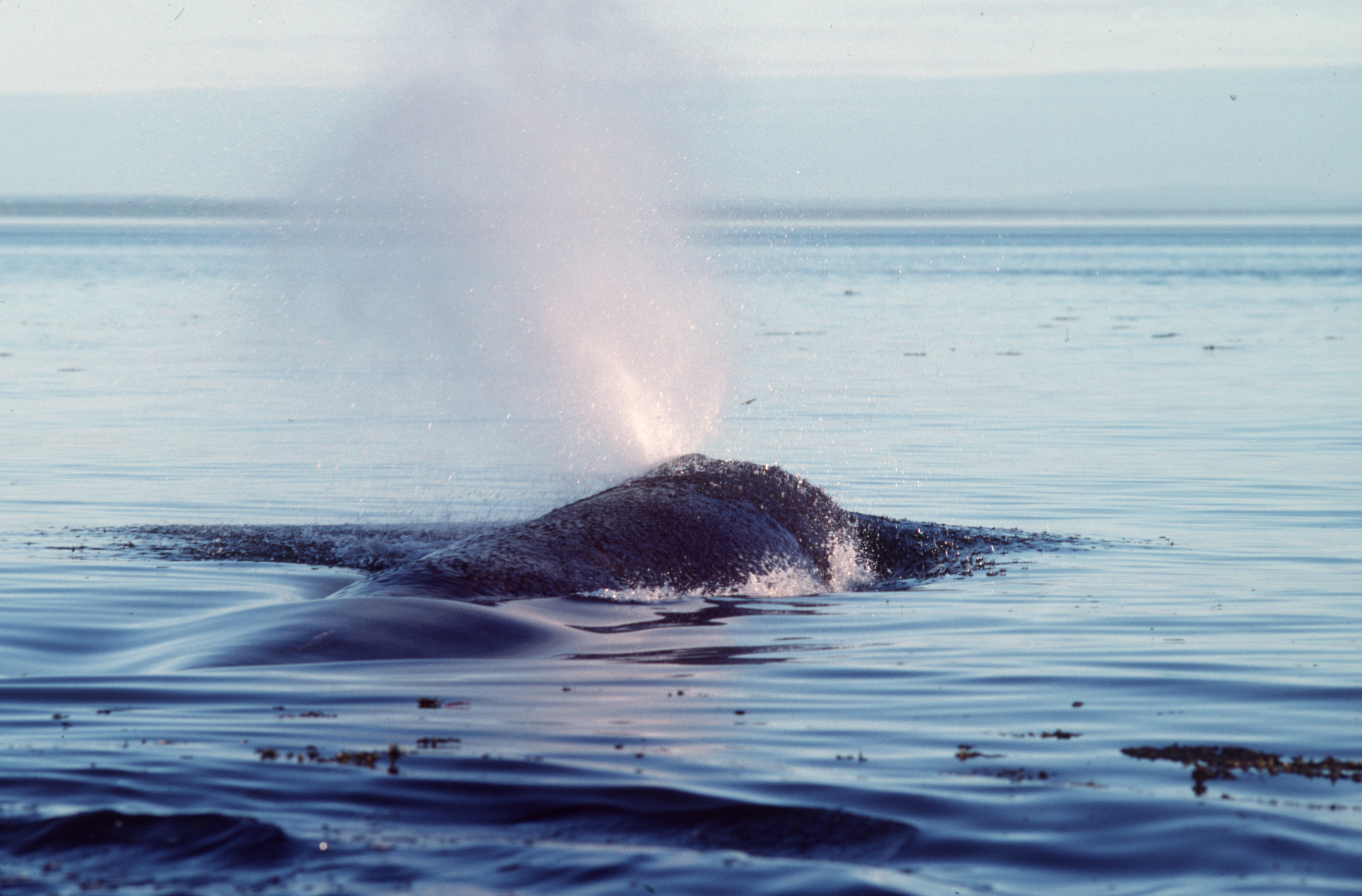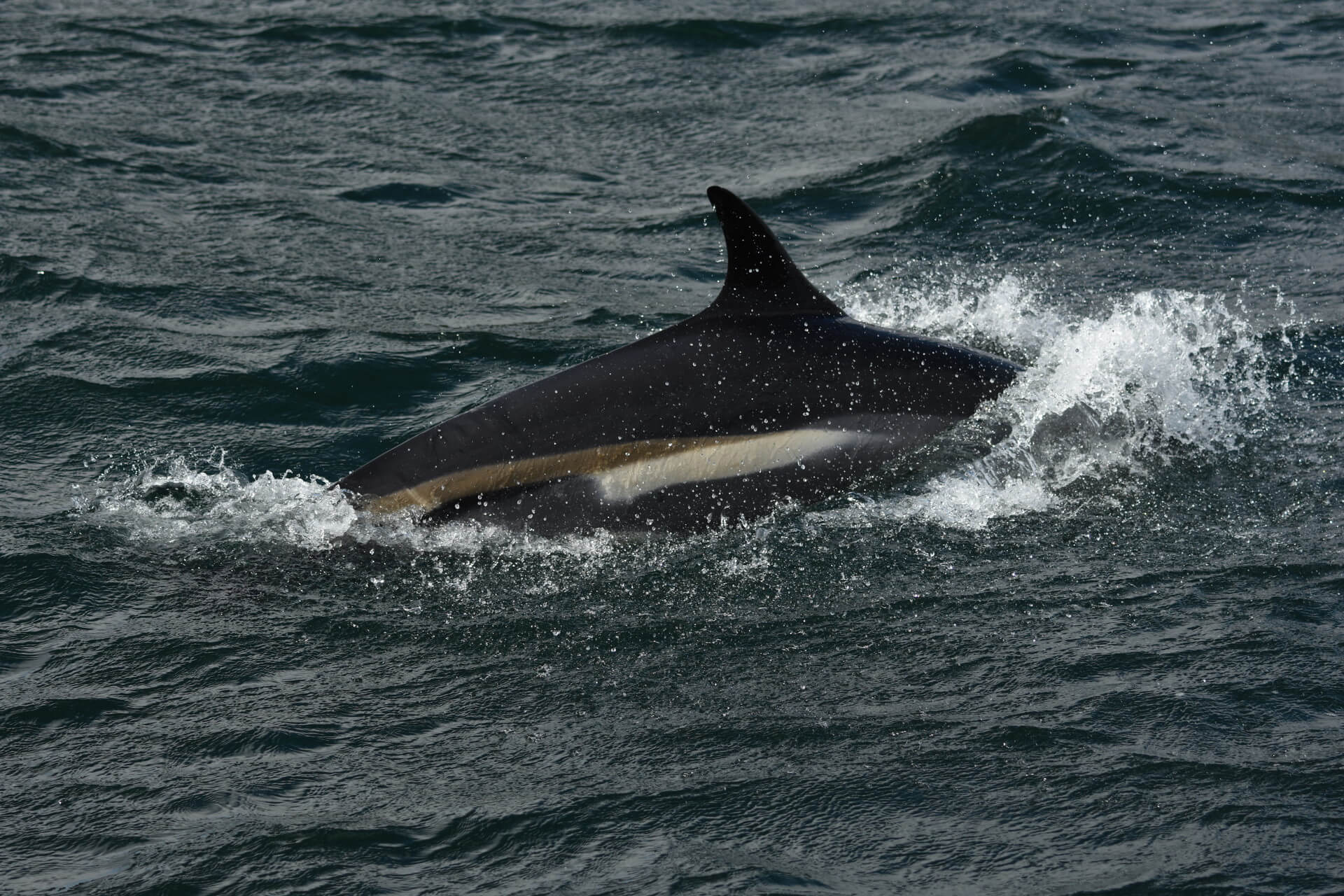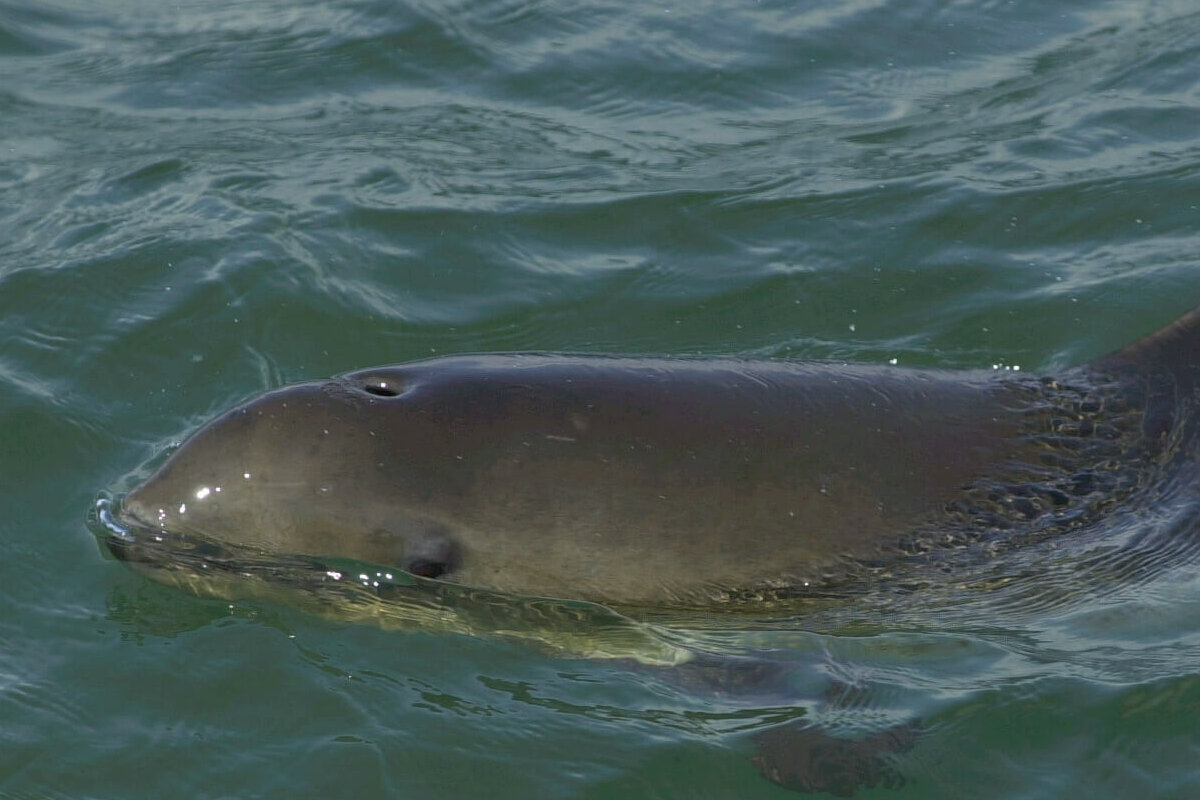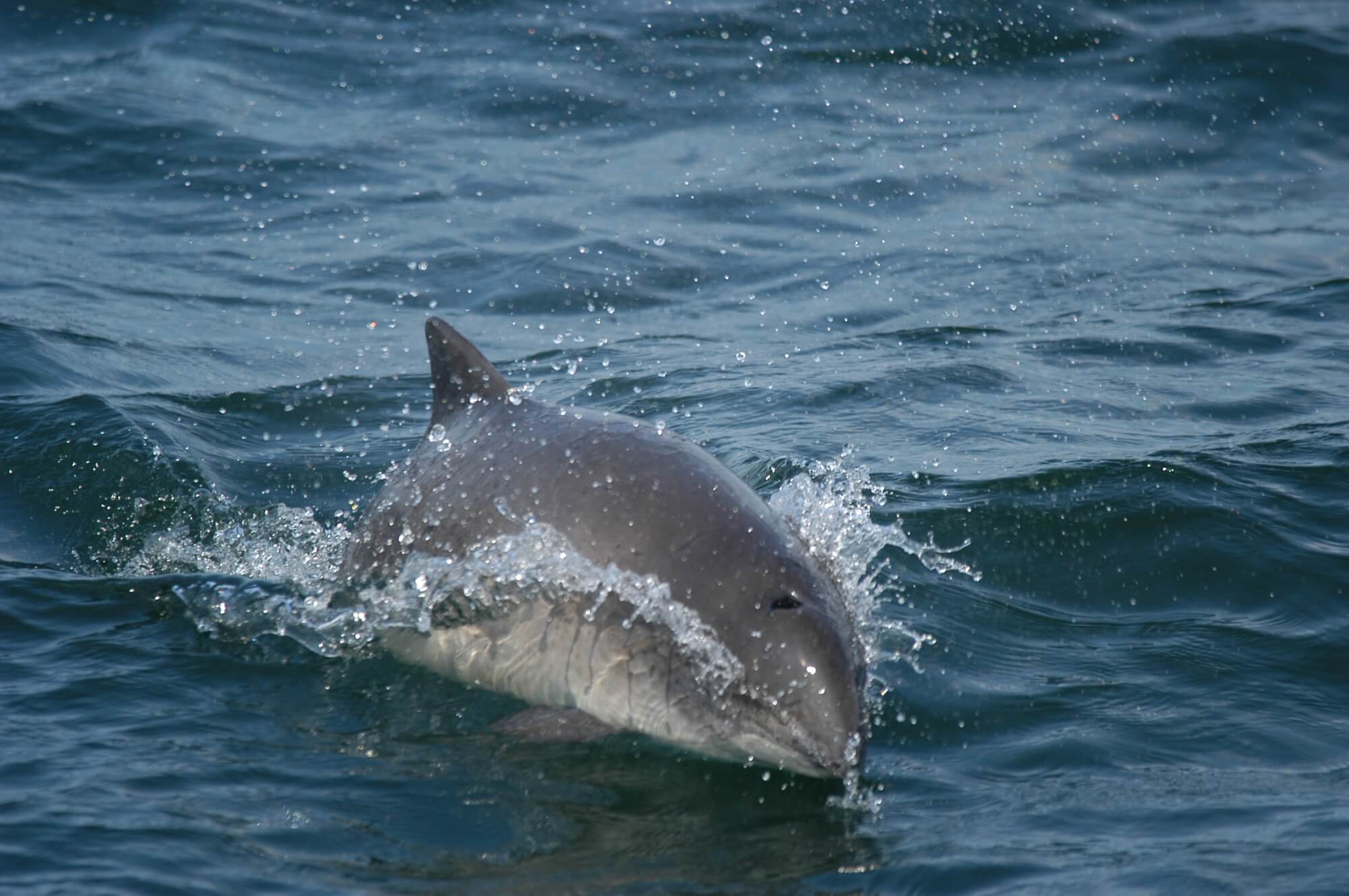Caring for sick, injured or dead individuals – otherwise known as epimeletic behaviour – is a common form of expression of empathy in cetaceans. The intervention of other pod members in perilous situations and the attempt to comfort or console a distressed individual are also considered expressions of empathy. Even today, these behaviours fascinate scientists. Researchers from the University of the Balearic Islands identified empathetic behaviours in cetaceans in a review of literature published in 2018.
In this publication, Ana Pérez-Manrique and Antoni Gomila use the term “empathy” rather than “altruism.” They point out that when it comes to studying empathy in animals, there is no clear consensus on what the term actually means. Generally speaking, altruism refers to a behaviour, such as proffering help to others, while empathy reflects a mental state, such as being aware of another individual’s emotions. Altruism therefore stems from empathy. In their book, the term “empathetic behaviour” describes behaviours that result from empathy. To be consistent with their publication, the term “empathy” will replace “altruism” in this text.
Tightly knit pods
In the world of animal behaviourism, some experts are of the opinion that comforting and consoling actions reflecting empathy may be performed by animals that have witnessed a conflict. Following the conflict and without having been solicited, a “witness” may try to comfort the victim of the aggression. In order for this type of interaction to occur, researchers consider that the “witness” individual must be able to experience an emotional response to the distress of others as well as conceive a prosocial response. The desired result would be to relieve the victim of its distress.
In dolphins, “flipper rubbing” appears to be a comforting and calming behaviour, though this hypothesis remains to be verified. As a result, researchers suspected comforting behaviour when they observed sperm whales that had just been released from a fishing net rub the tails and flanks of their still entangled conspecifics with their melon. These whales showed signs of stress and injuries and those that were freed first remained with their companions until they, too, had all gotten themselves out of their predicament.
Dolphins: altruists by nature
According to the authors of this literature review, for an epimeletic or rescue behaviour to be perceived as a demonstration of empathy, it must meet certain criteria; namely, it must be adapted to the situation and reflect a moderate emotional response from the helper animal. The latter will sometimes take risks to offer its assistance, but does not stand to gain anything in return, though it will improve the situation of the animal in distress.
Scientific literature is replete with observations of these types of behaviour in dolphins, which often resemble the way mothers support their newborns to help them breathe at the surface. For example, a group of presumably stressed bottlenose dolphins was spotted assisting a calf. After the calf had died, they left the scene.
In another case involving bottlenose dolphins, a female supported an injured juvenile while three other dolphins positioned themselves between them and a research boat. The juvenile was eventually euthanized, which caused signs of agitation in these animals. Moreover, these behaviours are sometimes observed between different species. Such was the case when two Pacific white-sided dolphins were observed “lending a fin” to a newborn harbour porpoise. Individuals took turns pushing the porpoise to the surface. On another occasion, an Indo-Pacific finless porpoise calf was helped by a pod of Indo-Pacific humpback dolphins for several hours as the latter adjusted their swimming speed to that of the youngster.
It’s not just newborns and young animals that benefit from assisted breathing. For example, in two separate sightings, long-beaked common dolphins and bottlenose dolphins carried a paralyzed female on their backs. Similarly, a group of bottlenose dolphins helped an individual injured in an explosion come to the surface to breathe, then promptly left the scene once their fellow dolphin had recovered.
Between empathy and instinct
Another hypothesis has been put forward to explain why dolphins come to the aid of young or adult animals to surface and breathe. It could be an automatic response to a stimulus. Females that have already lost a young calf may offer maternal care instinctively. Researchers have also suggested that the presence of an unknown object floating on the surface might also trigger this reflex.
However, observations made by scientists tend to refute these hypotheses. The interactions described above took place in different contexts and the animals seemed to adapt their behaviour to each situation, and even to the needs of the individual in distress. The number of individuals involved in these interventions was variable and they sometimes exposed themselves to danger. Not to mention that the intervention ended upon the death or recovery of the animal in distress.
It is therefore possible that helpers are able to determine the needs of the animal in distress and offer a suitable and adequate response. To date, however, scientists have been unable to confirm the presence of an emotional response in cetaceans or to characterize it.









